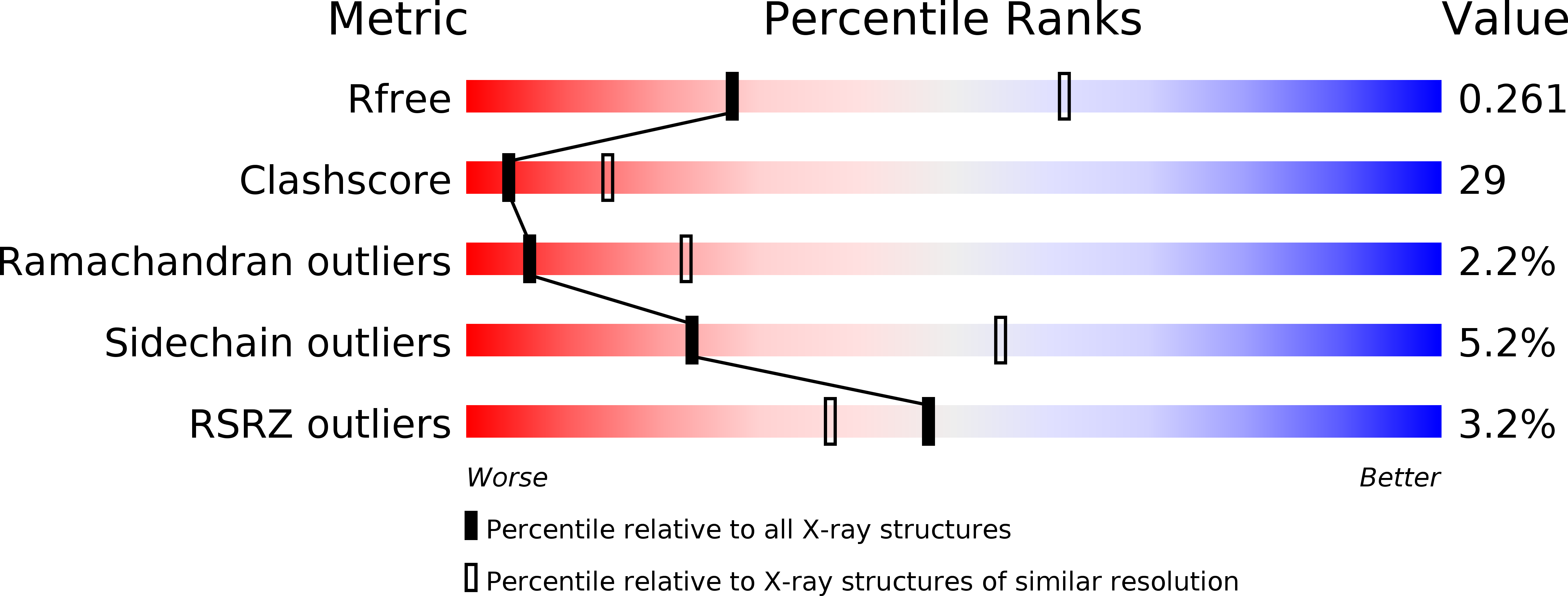
Deposition Date
2002-04-24
Release Date
2003-06-03
Last Version Date
2024-10-16
Entry Detail
PDB ID:
1LK6
Keywords:
Title:
Structure of dimeric antithrombin complexed with a P14-P9 reactive loop peptide and an exogenous tripeptide
Biological Source:
Source Organism:
Homo sapiens (Taxon ID: 9606)
Method Details:
Experimental Method:
Resolution:
2.80 Å
R-Value Free:
0.26
R-Value Work:
0.20
Space Group:
P 1 21 1


